Your cart is currently empty!
Choosing The Right IoT or M2M Wireless Carrier
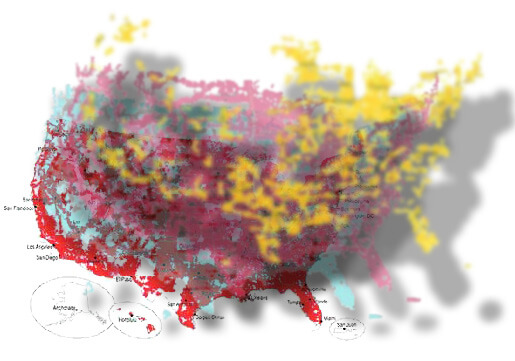
Choosing The Right IoT or M2M Wireless Carrier
When you think of the cost of choosing the wrong wireless carrier, one that you’ve signed a 2 year contract with, the time and expense to change gets messy. Now imagine how large companies needing to communicate with 10,000 ATMs, vending machines, charging stations or parking meters feel. A small difference between carriers can add up to a lot of lost revenue. Choosing the right wireless carrier is critical. But how do you know?
Installers of M2M and IoT cellular modems often face a daunting task that requires not only the physical and electrical connection of their equipment but also the RF (Radio Frequency) decision. Good RF analysis is a little like voodoo and with limited time and resources, field technicians must of determine which carrier at a given spot has the best signal strength coverage. So how do they go about doing this?
Coverage Maps Don’t Cover The Whole Story
Any consumer can pull out their smartphone and just look at the signal strength bars, but these bars are inaccurate to say the least. Remember Apple’s iPhone #antennagate scandal? Four or five small bars in the corner of your screen is about as accurate as licking your finger and holding it up to determine wind speed. Also, your smartphone only receives one wireless network. In the U.S., there are 4 major networks (AT&T, Verizon, Sprint and T-Mobile), each with their own unique 2G, 3G and 4G coverage maps. Dedicated tools offer accurate measurements so installers do not need to guesstimate which carrier has the best coverage. When you see all carriers in one glance you have data to make quick and informed decisions. Installers can measure actual signal strength at each independent site to provide the answer to the question at the onset. In addition, installers can actually see signal strength from specific cellular base stations in the area. These professional tools streamline the installation process and the performance of the final product.
Not All Antennas Are Created Equal
When performing M2M and IoT installs, antenna placement is critical. The position of the antenna ensures that the radio communication link is optimal to neighboring cell towers. In some instances, there may be other considerations such as physical constraints where the installation requires placement of gear on a concrete pad or perhaps a necessary electrical drop. The only way to truly test an antenna placement is to just do it. But that’s not possible without dedicated test gear that includes removable SMA antenna connections that run to various antenna placements.
Dedicated, professional receiver hardware utilize SMA connectors supporting a variety of antennas. Simply disconnect the supplied multi-band omni antenna and select the associated carrier on the screen you want to test. You then can attach the actual omni antenna that ultimately will be installed on the (vending machine, ATM machine, electric vehicle charger…or whichever equipment you are ultimately installing). The installer can then move the antenna around to various points at the site to find optimum signal strength before placing it. Watch this video for 3 simple steps to achieve best results…
Owning Over Renting
Radio signal parameters and RF propagation conditions frequently change. New towers are erected, carriers change the power and geometry of the antennas, new buildings are built that can cause shadowing of a signal at the particular location, etc. Even the change of foliage in the spring compared to the autumn vastly changes the signal coverage. Periodic signal strength measurement and/or the ability to troubleshoot a problem due to the changing conditions is a necessity and a simple task when you own a dedicated receiver. Wireless networks require years of optimizations and maintenance to stay healthy and profitable. Therefore, the small investment of any dedicated receiver will pay for itself many times over. You might want to begin your shopping HERE.
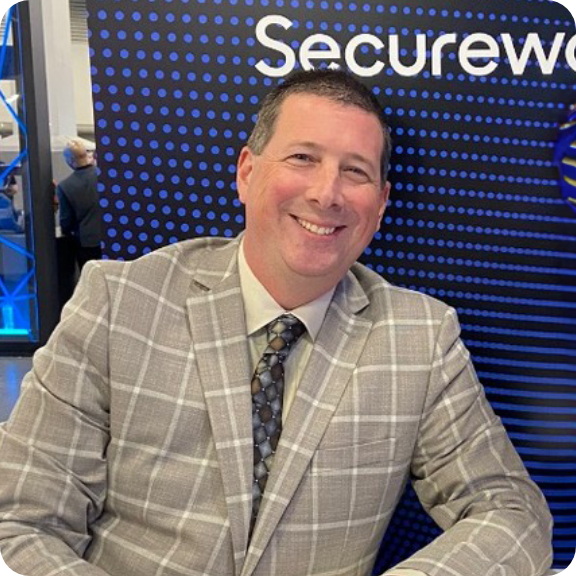
Scott Schober
CEO | Author | Speaker at Berkeley Varitronics Systems
Scott Schober presents at cybersecurity and wireless security conferences for banking, insurance, transportation, construction, telecommunications and law enforcement industries. He has overseen the development of dozens of wireless test, security, safety and cybersecurity products used to enforce a “no cell phone policy” in correctional, law enforcement, and secured government facilities. Scott regularly appears on network news programs including Fox, Bloomberg, Good Morning America, CNN, MSNBC, NPR and many more. He is the author of 'Senior Cyber', 'Cybersecurity is Everybody's Business' and 'Hacked Again', the “original hacker’s dictionary for small business owners” - Forbes Magazine.
Our Newsletter
Lorem ipsum dolor sit amet, consectetur adipiscing elit. Aliquam mattis ligula vitae leo scelerisque, sit amet feugiat ex venenatis.
"*" indicates required fields
Latest Posts
Our Best Sellers
How can we help?
Lorem ipsum dolor sit amet, consectetur adipiscing elit. Nunc dictum aliquet justo sit amet consectetur. In tempor lobortis ante vitae ornare. Praesent feugiat magna at tempor consequat. Aenean in iaculis libero, aliquam imperdiet mi.

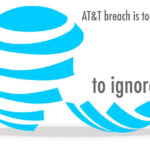

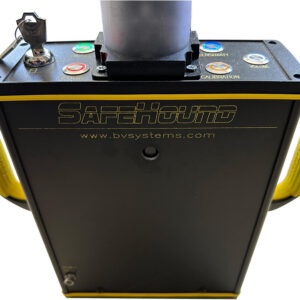
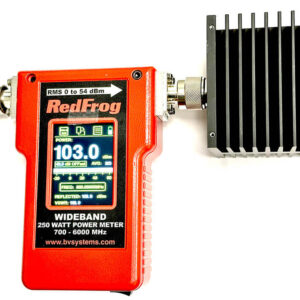
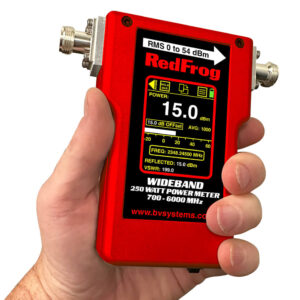

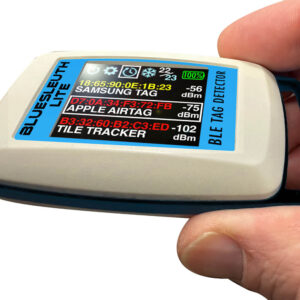
Leave a Reply